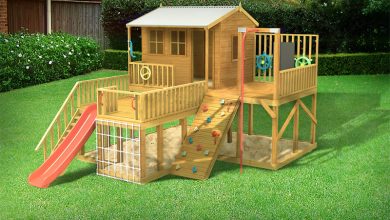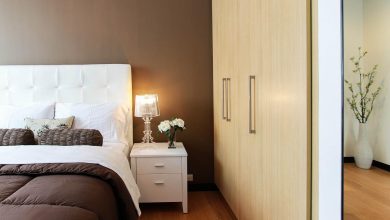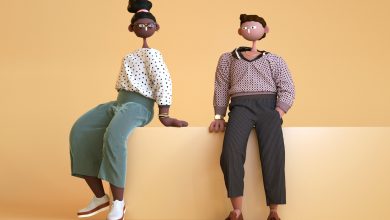What’s the Average age gap Between Spouses?
A while back, a Reddit user noticed Leonardo DiCaprio never dated anyone who wasn’t at least 15 years younger than him and always broke up with his partners before they turned 26. This led Amy Schumer to famously quip at the Oscars how inspiring his environmentalism was, “He’s going to leave the world a better place for all his girlfriends.”
DiCaprio is utterly unphased by the criticism. The 44-year-old actor is currently dating 24-year-old Camila Morrone.
Judgment is Inevitable
In many cultures, falling in love with someone who’s much older or younger is not fully accepted. What’s more, studies have shown that younger people disapprove more of relationships where the man is disproportionately older and might attribute this to his being a sugar daddy. Society’s views on age gaps are shaped by millennia of cultural norms and evolutionary psychology. Social justice movements have shifted focus to power dynamics in such relationships.
The Average age gap: Just 2.3 Years
In 2014, the average gap in heterosexual relationships was just 2.3 years, but it’s much wider in many cases. It is estimated that almost 10% of male-female couples have a decade or more between them. For gay and lesbian relationships, the figures are 25% resp. 15%.
According to a 2017 US survey, the most common age gap was 1-2 years, with just under 34% of spouses in this category. In just under a fifth of all marital relationships, the husband was 2-3 years older than the wife. The rest were as follows:
- 12.8% – husband 4-5 years older
- 11.2% – husband 6-9 years older
- 6.9% – wife 2-3 years older
- 5% – husband 10-14 years older
- 3.4% – wife 4-5 years older
- 2.8% – wife 6-9 years older
Understandably, the percentage of couples falling in the remaining categories is very low as the age differences get extreme. The husband was up to 19 years older in 1.6% of cases. 1% of women were 10-14 years older than their husbands, and the same percent of husbands were over two decades older than their wives. Women were much older than their husbands in a negligible number of cases. UK and Australian data showed almost the same pattern.
The Evolutionary Perspective
The urge to have children can impact our choice of partner, not only from a biological viewpoint but also from the perspective of both people being alive to raise the children. Being attracted to people of a similar age makes sense as fertility tends to decline after around 35 for both women and men. Age gaps are far more common in same-sex relationships, which reflects not only the issue of biologically conceiving together but also the innately more limited choice of partners.













